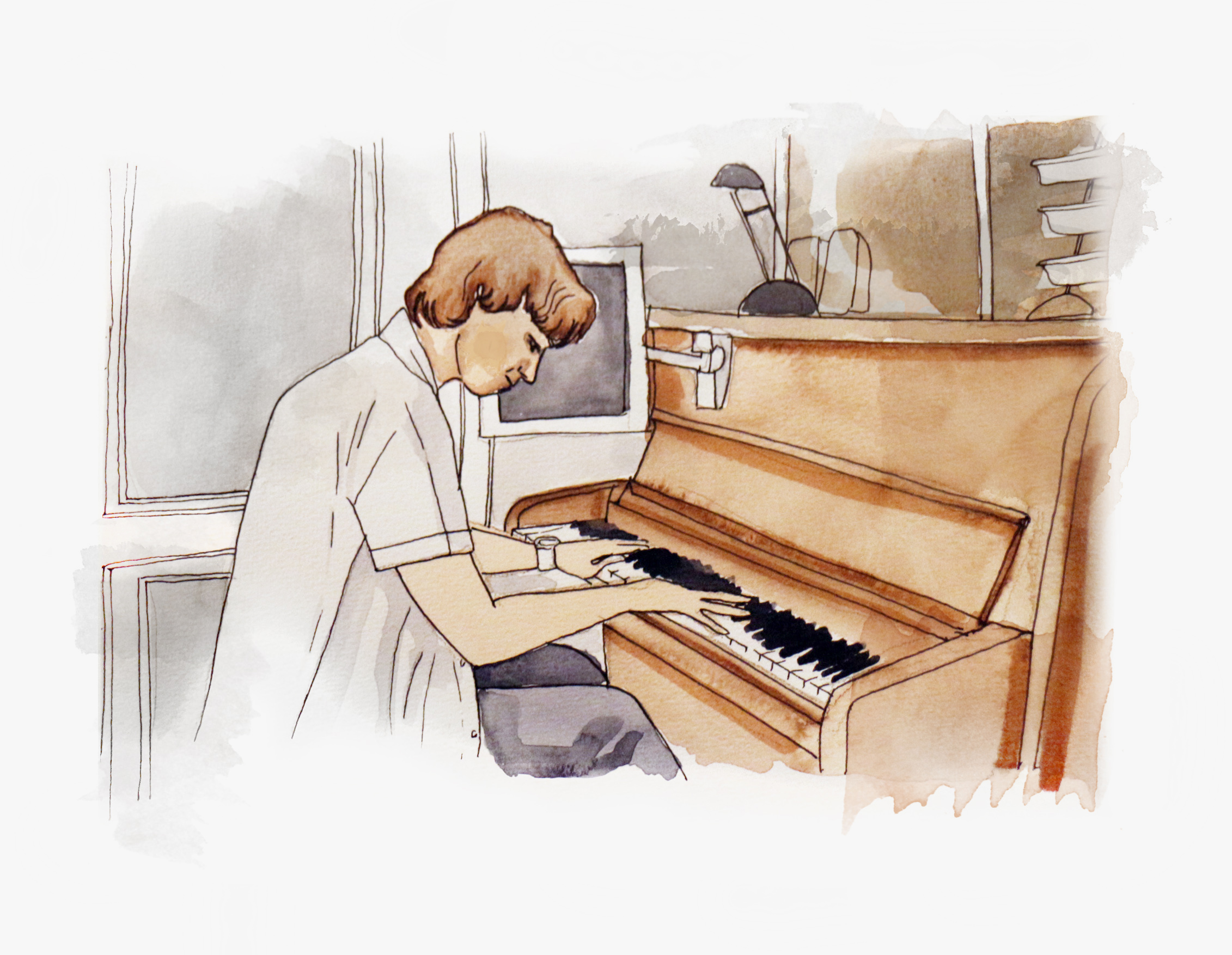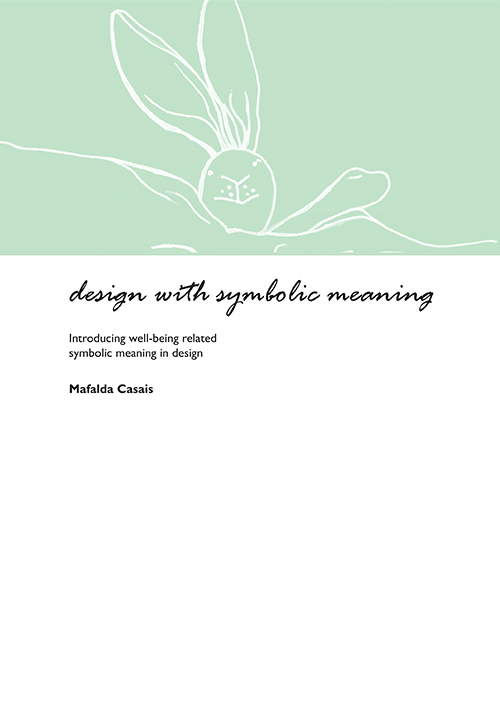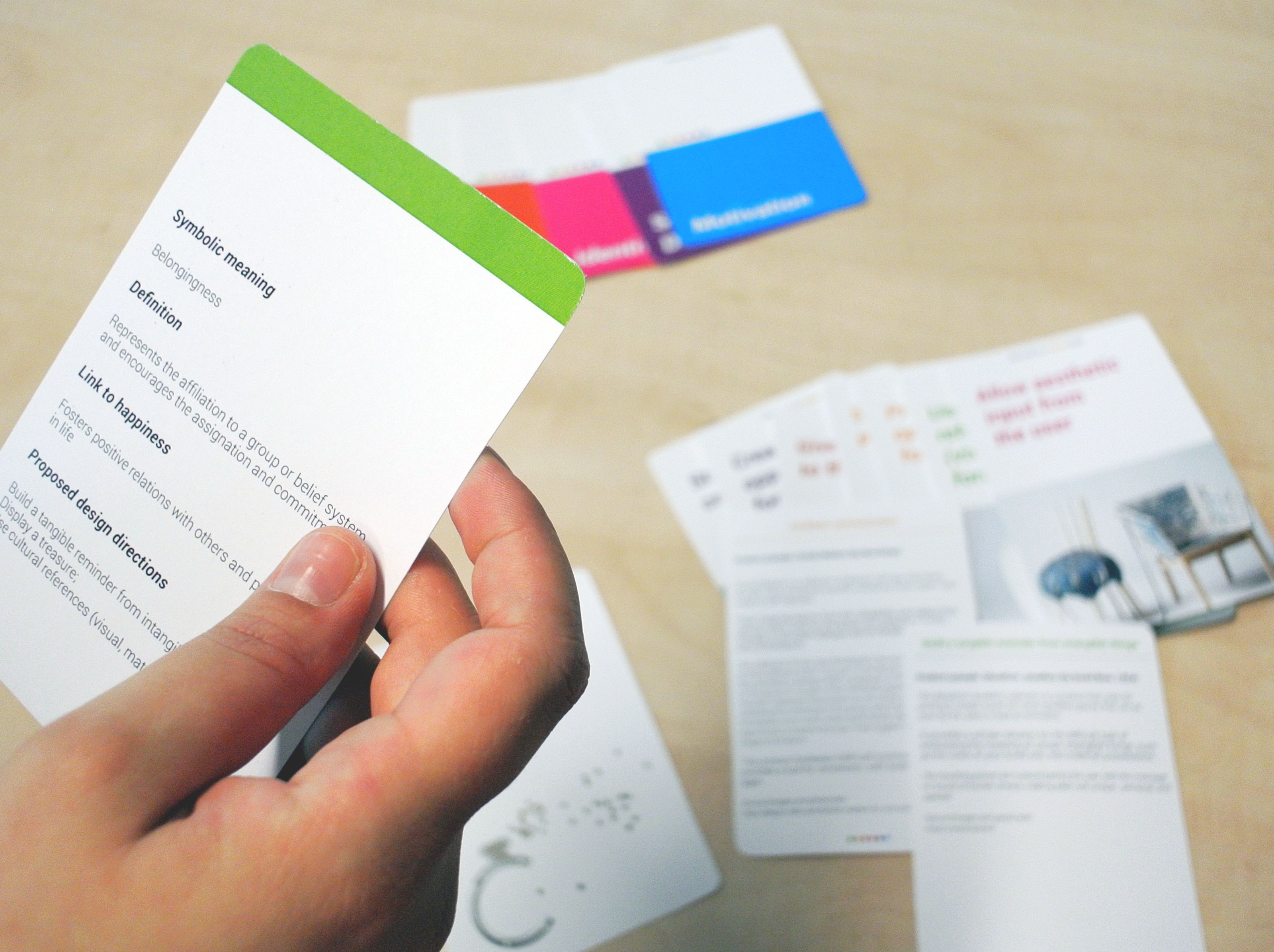Design that makes us happy
You can't visit a (web)shop anymore without being confronted with the big promise: this product will make you happy. Meanwhile, we read everywhere that it's not stuff, but experiences that give us a feeling of happiness. Buying things makes us happy for a short time, an experience does that for a longer time, that's what it's called. It's a paradox, according to industrial designer Mafalda Casais. After all, products can also give us an experience, and thus contribute to our feeling of well-being.
Are you what you own?
Casais researched the symbolic meaning of design: it is precisely the meaning we attribute to things and, for example, to the design of our surroundings that can increase our sense of well-being. Casais: 'Design can evoke certain memories and feelings and thus increase the well-being of its users. The designer can take this into account when she/he goes to work'.
Take, for example, the TU Delft student designed robot pet Liv. This animal has to be cuddled and you have to play with it, otherwise it becomes sad. A bit like the principle of the Tamagotchi, that little computer animal that was a fad at the end of the nineties. ‘Such a product can distract people from difficult circumstances in their lives,' says Casais. But something as trivial as a walker can also have great symbolic value for people who have difficulties walking alone. Or a blood sugar meter. Casais: 'These are of course mass products and in that sense they are interchangeable, but they have an essential meaning in people's lives: they increase their sense of autonomy'.
Think of a photo in a frame: strictly speaking, it is interchangeable, because you can print the photo as often as you like. Yet it is precisely that photo in that frame that represents a great symbolic value. Things are symbolic representations of our experiences, Casais sums it up. ‘They are not strictly functional or, for example, a status object, but they do become an experience, beyond the material. Our attachment to them is the result of that symbolic value'.
Product design for our well-being
Design can turn users into even better, more virtuous people. Take the layout of a supermarket: where we are still mainly tempted to fill our trolley with processed rubbish, an interior design can also be aimed at allowing us to make healthier choices. We are then 'nudged' to make better choices and the design of our environment can increase our well-being in this sense.
Casais identified six symbolic meanings to design: autonomy, environmental management, self-acceptance, life purpose, positive relationships and personal growth. These meanings often overlap. Think of medical devices, which not only increase the autonomy of the user, but perhaps also lead to positive relationships and personal growth through increased mobility. Designers could keep these symbolic values in mind when working.
A designer can also contribute to the well-being of users by making products unique. It is precisely products that the user can adapt to his personal preferences, mood or taste that contribute to his well-being. Casais mentions, for example, a watch with which you can choose the hands yourself: customising gives users the feeling that they are finishing the product themselves and that they own something unique. This increases its symbolic value.
Queen of the Rings
And if Casais had to name one object that has great symbolic value for herself, what would that be? She thinks for a short moment and laughs. ‘It may be a bit cliché, but that's my engagement ring. My wife got it from her mother, who got it from my wife's father. They were never married in the end and her father was not so prominent in her life. So the ring carries my wife's history and therefore has great symbolic value for me'.
Pieter Desmet
Pieter Desmet
- +31 (0)15 27 83375
- P.M.A.Desmet@tudelft.nl
-
Room C-3-230
"Reason is, and ought to be, the slave of the passions" - Hume



